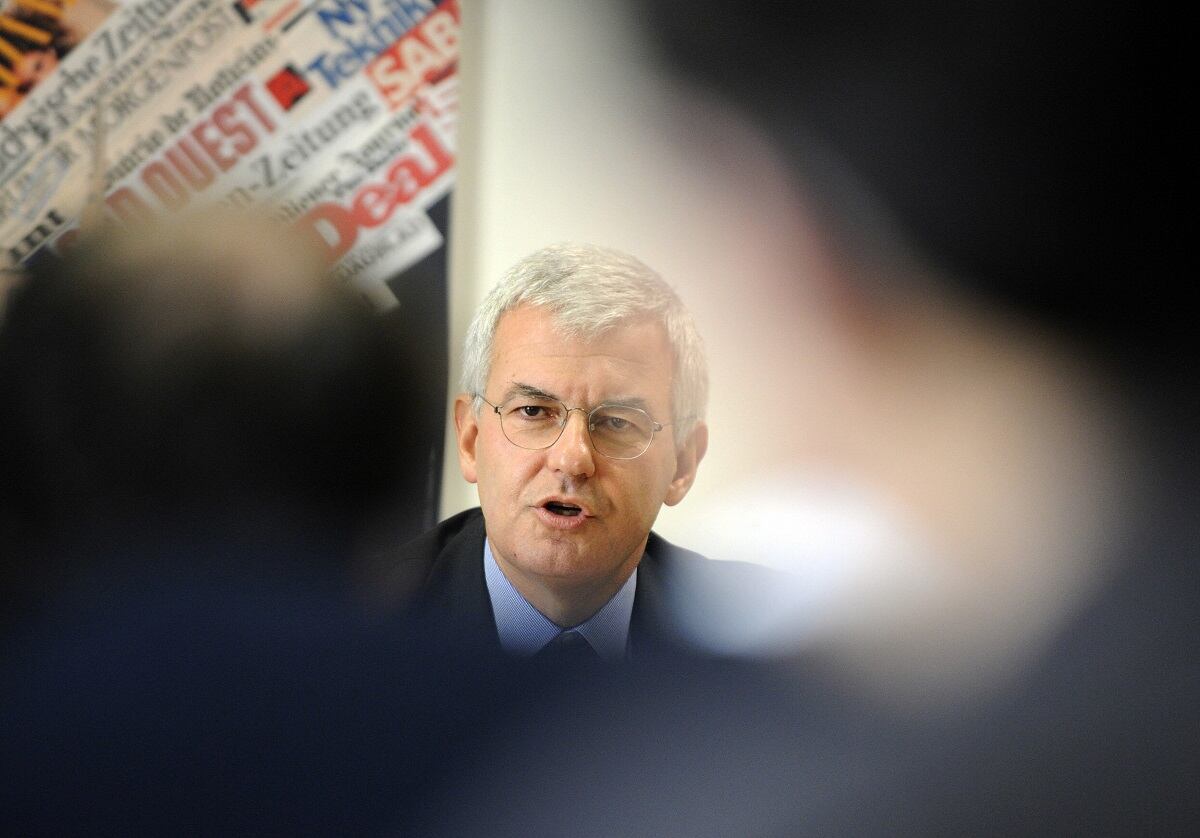LONDON — British Prime Minister Theresa May put her Brexit troubles aside July 17 to open the Farnborough Airshow with a speech promising increased spending on research and technology and a possible deal to raise performance in the local aerospace sector. But industry executives are hoping she will approve a similar deal for the defense sector.
May’s Brexit respite was only temporary, as her defense procurement minister, Guto Bebb, resigned Monday night to vote against government changes involving the hardening British terms for leaving the European Union.
That has no impact on the British government and industry working together in a number of high-tech sectors or the pulling together of deals to improve productivity and competitiveness as part of a wider economic prosperity effort.
Aerospace and defense — both massive contributers to the British economy in terms of jobs, technology and exports — are among the sectors negotiating agreements with the government’s business and strategy department.
RELATED

Discussions have been underway for several months on a defense sector deal to match that being proposed for aerospace. Much of that work on the industry side has been done by the Defence Growth Partnership, another industry-government initiative. Originally set up four years ago to improve British defense exports and the local skills base, the DGP has evoloved to cover wider strategic issues in defense.
Industry and government officials have been working on a defense sector deal for months, and executives say it’s possible a deal will emerge by the end of the year, or more likely in early 2019.
DGP co-chairman Alan Cook said the two sides are working on a deal that will involve both sides commiting to tackling barriers to growth and to increasing competiveness. Cook said the work was more or less complete.
“We are not quite there with the defense sector deal, but we are pretty close. I think we will be ready by the end of the year to get going on this,” he said.
May’s Farnborough announcements included a commitment to jointly fund alongside industry £343 million (U.S. $454 million) in investments toward research and development projects, such as environmentally friendly aircraft.
Some of the projects will be dual use so the benefits will flow through to the defense aerospace sector.
Airbus executives have warned about a possible withdrawal from the U.K. of its wing-building activities in the event the government fails to secure a satisfactory trade deal with the EU when Britain exits the organization. The spending pledge was an opportunity for the government to get on the good side of the country’s key industrial sectors.
However, it wasn’t the civil research spending that got top billing. May also announced the launch of Britain’s combat air strategy at about the same time Defence Secretary Gavin Williamson was taking the wraps of a full-scale model of the proposed Tempest combat jet at the BAE Systems pavilion.
BAE, Leonardo, MBDA and Rolls-Royce have all signed up to further development of the Tempest, with a target of flying a demonstrator by 2025.
The combat air strategy outlines the way the U.K. will acquire future capability to maximize the overall value to industry and the military.
A long-awaited defense space strategy is expected to be released later this year, while a national shipbuilding strategy for warships is already in place. All of these initiatives, however, are overshadowed by what could be the imminent publication of the defense modernisation program.
The program, which is basically a defense review, will likely bring big changes to military capabilities and priorities against a background of changing threats and major budget shortfalls.
Andrew Chuter is the United Kingdom correspondent for Defense News.








